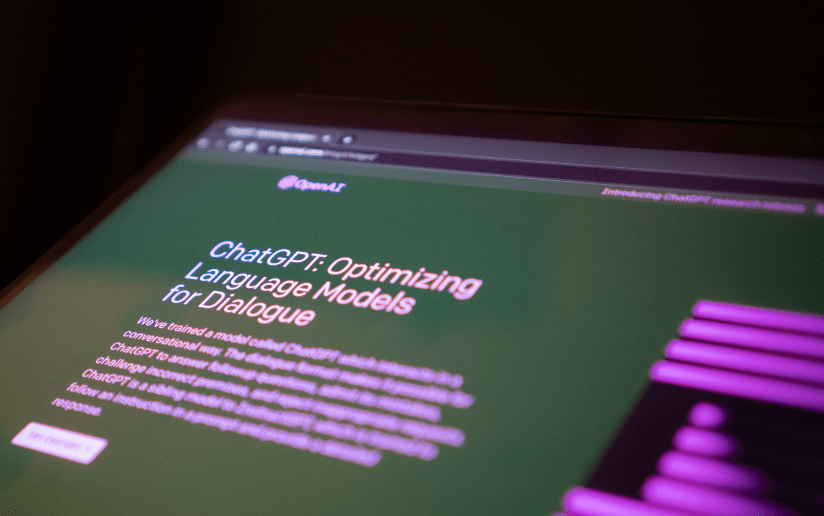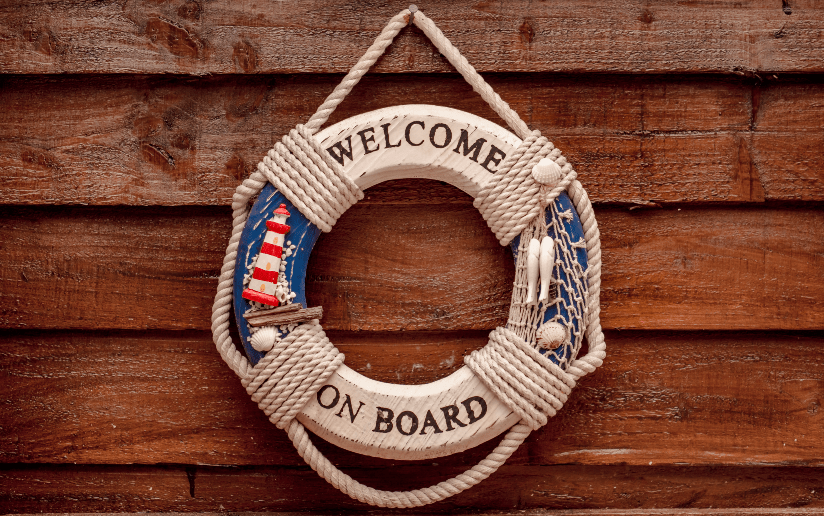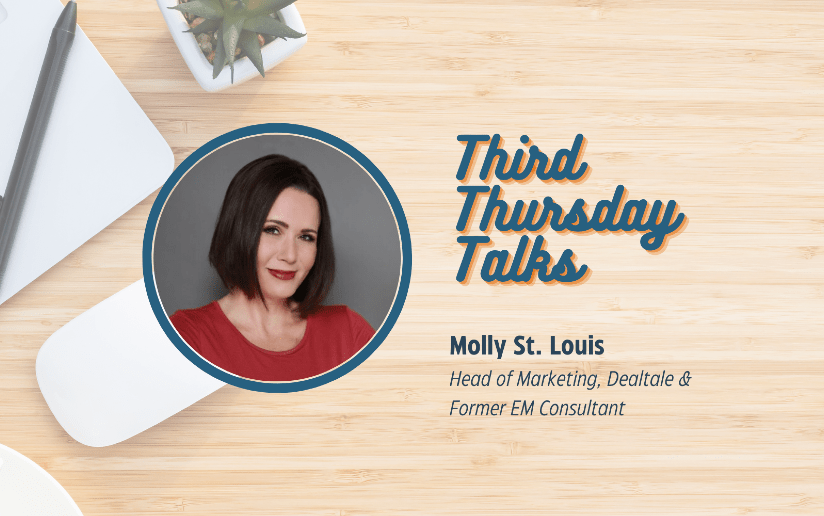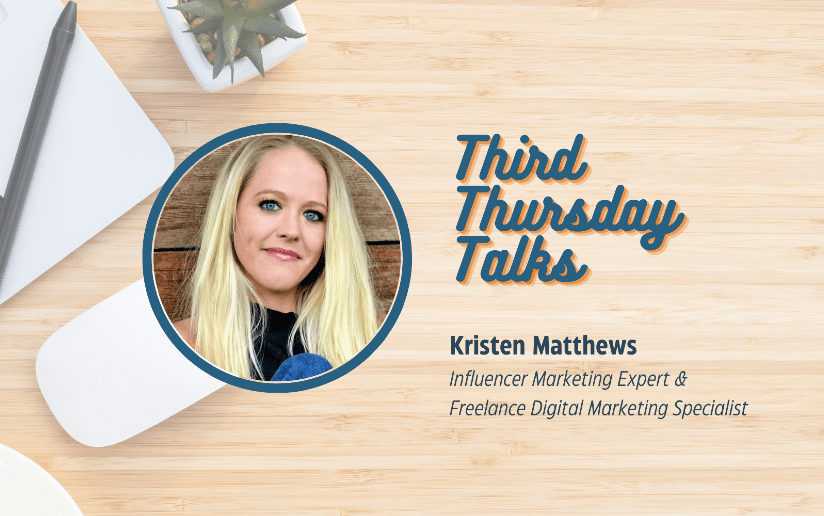
Consulting Tips: How to Successfully Manage Project Proposals
[Editor’s Note: Special thanks to our consultants who shared their ways of working to make this post possible, including Nicole Hanusek, Ryan Rigoli, Anish Shah, Karen Paluska, Patrick Lundbom, Ada Law, and Bob Angus.]
For consultants, a big part of life is finding new work, which means preparing project proposals! And who doesn’t love creating those beautiful slide decks?! Ok, maybe it’s not the most exciting part of being a consultant — providing expertise and delivering results for clients is the lip-smacking stuff — but it’s a necessary component; you can’t get the work without proposing it.
Therefore, it’s critical that any proposal presents a clear understanding of the client’s needs, a detailed description of the project’s scope, and a clear vision of of how and why the work will provide a clear return on investment. Of course it also helps if you can prepare all of this as quickly as possible. So, what are the best steps to ensure you’re putting your best foot forward? Based on my quick survey of EM consultants, below is a summary of their great ideas on how you can greatly improve your proposal process to secure more work.
 First, Set Some Expectations
First, Set Some Expectations
Our partners at Smack Happy do a great job of this by forcing potential clients to go through this Getting Started page before being able to apply. Nicole thinks of it as a “warning” page, letting potential clients know what it will mean to work with them. If they read it and then still decide to apply, she has more confidence it will be a good match, though it doesn’t guarantee she’ll want to work with them.
Next, Gather Some Info
Before you get on a call or meet in person to start exploring a project in earnest, it can help to acquire some baseline info before you chat live. If it’s a smaller organization, our partners at Soulful Brand like to send out a Questions About Engagement form to pinpoint some broad answers about the company, its clients, and the potential engagement.
Smack Happy gathers related info on their Quote form, so they have it right when a prospective client comes in as a lead. In particular, they find a few specific topics to be very helpful.
- A drop down for budget! If it’s below your minimum threshold, have the client name a price
- Do you have SMART goals? That would be ones that are Specific, Measurable, Attainable, Relevant, and Time Based. If you don’t, you probably don’t know what you’re doing or what you really want.
- What does success look like in 12 months? If they can answer this, you’ll know if you can help them succeed, which also means you’ve succeeded.
Then, Ask the Obvious
The next step is an intro call; any good one will include some getting-to-know-you time for both sides. What’s the history of your company? What does your team look like and how does it operate? What is the current context for where the company is positioned and where it is heading? And then, there are some key, specific questions that should not be overlooked.
- What will the deliverables look like?
- What’s the most immediate challenge you’d need the consultant to solve?
- What kind of experience or skills are most important to you for this project?
It’s important to have a firm understanding of the nuts and bolts of any potential engagement, and it can even be a good idea to have a document with a standard range of questions ready to go. You don’t have to ask all of them or go in any order; intuitively feel it out and see what feels right to ask in the moment.

Afterward, Dig Deeper
At this point, you’ve set expectations of what it means to work with you, and you’ve gotten a baseline understanding of the skills, expertise, and problem-solving they are seeking with their project. But, are they coming to you in good faith? Is it a mutually beneficial business situation for you and the client, or are they a client that is looking for you to deliver the world yesterday, one that they won’t mind underpaying and dropping tomorrow when you do? It’s important to suss out the value of the prospective relationship.
- What’s the situation/business problem they are trying to solve by bringing in a consultant?
- Why hire a consultant rather than full-time (or visa versa an inexpensive Upwork freelancer)?
- What’s their business case, financial impact, and budget for your service?
The goal here is to see if there is a true business match for the value you can deliver. Do they really prize what you bring to the table, or do they not really care and just want someone cheap to crank out work on demand? If the former, you have the chance to develop a long-lasting, meaningful relationship; if the latter, you might hit the cutting room floor as soon as the budget is slashed or they find a cheaper option.
Subsequently, Burrow Under
By now you’ve gathered a good deal of info about the client and their problems, but acquiring an even more 360-degree view of the situation can be extremely helpful. There are a few ways you might be able to achieve this.
One is doing a project-related survey to tease out problems that people don’t want to mention in front of others. Ask a few questions they expect, but throw in some questions such as:
- What is the biggest weakness right now?
- What should the company do that they’re not doing?
- Where are resources being wasted?
Open-Ended Survey
People will give you all kinds of useful information in an open-ended form; usually they’re happy that “someone is finally going to listen to me!” A survey like this is probably better as part of a kick-off after the proposal has already been accepted and they have more of a reason to trust you (or if you’ve already done a different project with them and are bidding on another), but in the right circumstance you could do it with a smaller group. It’s certainly something to consider.
On-Site Client Meeting
A more aggressive approach might be a marketing assessment to jump headfirst into an organization to understand where the problems and opportunities lie. This would involve visiting the client on site for a half day or a full day and meet with the marketing team, along with key stakeholders of other departments. Go prepared with a long list of questions for each group so you can tie together the challenges, opportunities, and align the goals; not surprisingly, many might not be on the same page, even within their own teams. Being so involved, you might want to consider this type of effort as a standalone, pre-project paid engagement unless it is a client you are already working with, but it can be very useful and in reality is so simple in its concept.
Client Data
Even if not going in person, it can be extremely helpful to ask for access to client data to understand what’s going on beyond what people are discussing in meetings. Additionally, it can pay huge dividends to bring in any experts you’re considering for a project to a follow-up meeting (if they didn’t attend the first) to really get into the nitty-gritty details of what has been done, how it’s been done, what they’d like done. Wrapping up with a focus on the real nuts & bolts can go a long way towards fine-tuning your proposal.
Finally, Wrap it Up
By this point you should have a clear understanding of the client’s situation and the objectives of the engagement. Make sure you spell this out in your proposal so the client they’ve been understood. Then, write out a clear work plan of what the project will entail:
- Who’s doing the work?
- What are the deliverables?
- What are the timelines involved?
- And of course, what is the cost?
It’s important to be as transparent as possible about all of this because no one wants to commit to business with a consultant that doesn’t seem completely forthcoming.
For the finishing touches, include some slides or a link to past work so they don’t have to ask for it themselves, and make sure your deck looks neat and clean without any typos. And when you send it along, offer to have one more call to walk them through your plan and answer any questions they might have. You’ll always have a better chance of closing on the phone than you will via email.
That’s what we’ve come up with here at EM as a comprehensive guide to maximizing your proposal process. What tips or comments would you like to add?
















































